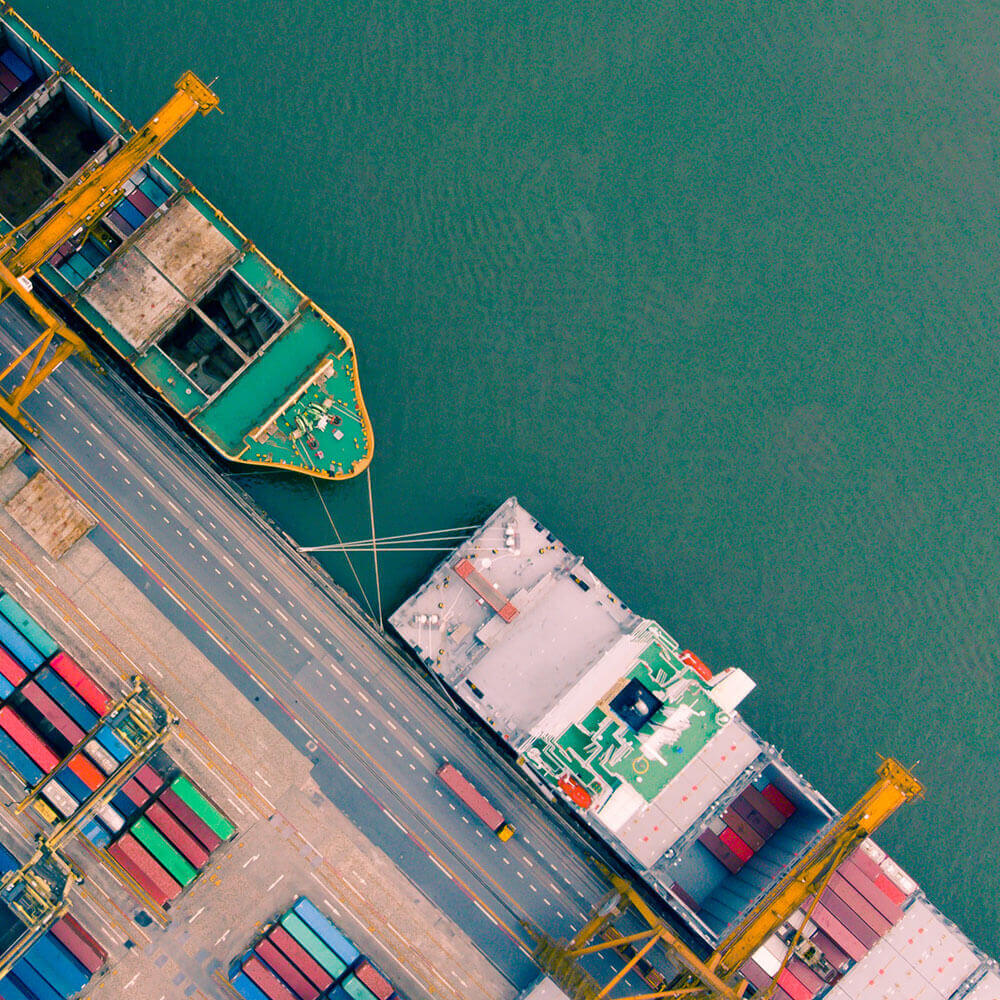- Customs security surcharges (AMS, ISF)
- Container Freight Station (These charges apply solely for LCL. They’re consolidation charges!)
- Terminal Handling Charges (charges by the port authority)
- Customs brokerage
- Pickup and delivery
- Insurance
- Accessorial charges (fuel surcharges, handling hazardous materials, storage, etc)
- Routing charges (e.g. Stockholm to Berlin etc.)
Unlocking the Secrets of Sea Freight
Sea freight revolves around the transportation of goods through the use of shipping containers across the ocean. Our aim is to provide you with an up-to-date breakdown of how the expenses are computed. We will assist you in comprehending the prerequisites that should be in order prior to engaging in sea freight services.
Below is a compilation of charges included in sea freight for your reference:

20FT DC
The 20ft DC container is a popular shipping option for dry cargo. It’s standardized, made from steel or aluminum and water-resistant so it can protect your contents during transport!
40FT DC
The 40ft DC container is the go-to if you need a safe way to transport your pallets. These standardized containers can take nearly 20 standard European Pallets (in one tier). People are even trading specific cargo such as clothes in these boxes
40FT HC
Shipping has transformed with the introduction of 40ft high-cube (HC) containers. These modern cargo boxes provide greater capacity, easier loading/unloading, and are favored in space-restricted port facilities due to their lighter weight.



